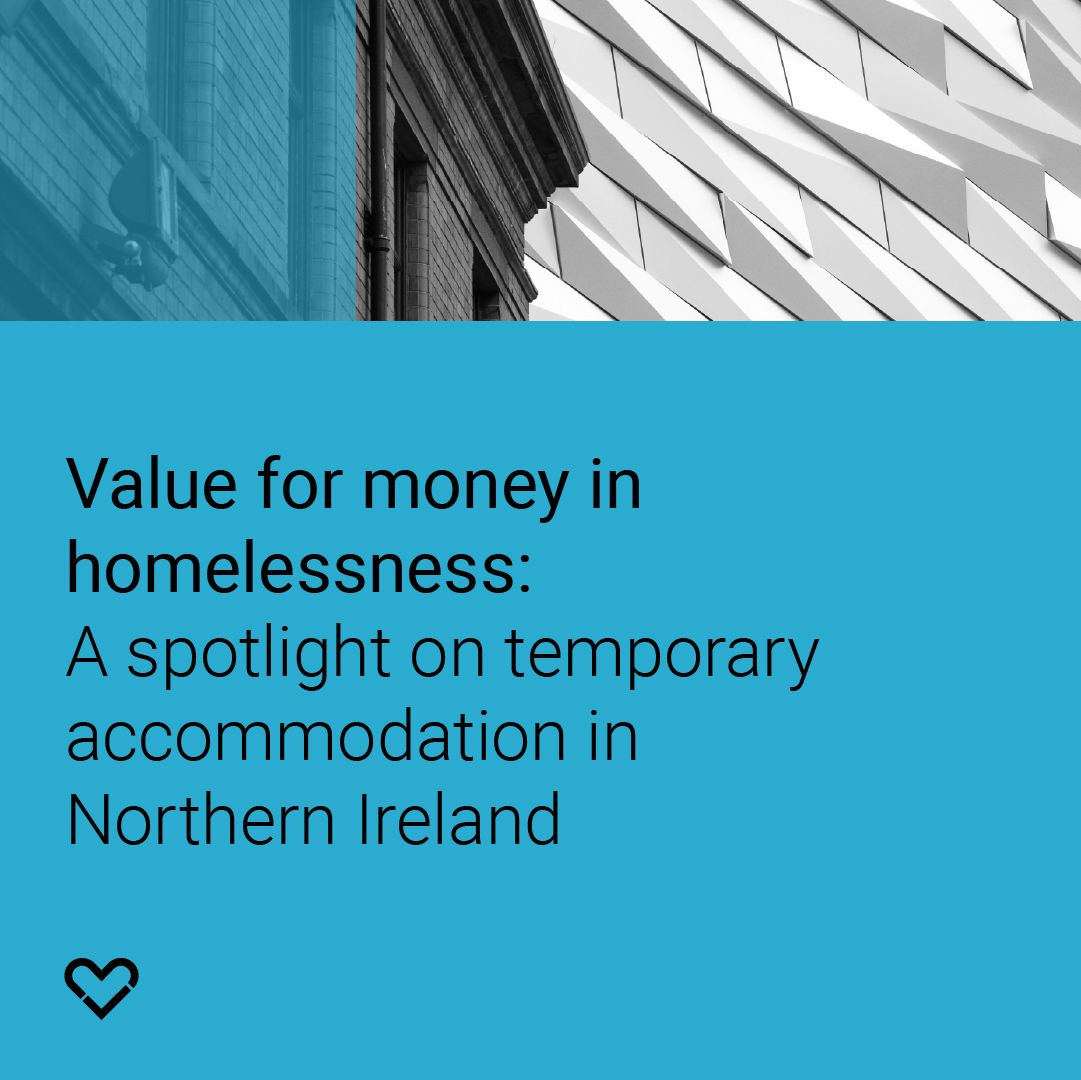What Works Evidence Notes: Drugs and Alcohol
Outline of the study
This evidence note examines the complex relationship between substance use and homelessness, analysing both its causes and consequences amongst people experiencing homelessness. The research synthesises evidence from systematic reviews and large-scale analyses to understand what interventions work most effectively for people who are homeless and use substances, including harm reduction, housing-led interventions, peer support, and case management and how these interventions can be effectively implemented.
The review also examines prevalence rates of substance misuse across types of homelessness and identifies trends over time.
Findings in brief:
- Substance use is both a cause and consequence of homelessness. Substance use often intensifies as a direct result of sleeping rough
- The highest prevalence of substance misuse is amongst people who are street homelessness: 47% of people sleeping rough in London had alcohol or drug support needs, compared to only 7% drug and 5% alcohol support needs among all households accessing homelessness services
- Length of rough sleeping increases substance use: more than one-third of people with histories of intermittent and/or long-term street homelessness had substance misuse support needs, compared to 14 - 15% of people new to the streets
- Substance use can contribute to other health problems, such as Hepatitis C and HIV. Since 20214/15, rates of injected-related health issues have risen more rapidly amongst women than men experiencing homelessness
- Factors such as negative past experiences of services, healthcare costs and discriminatory practices can delay access to treatment. A St Mungo’s study estimates that approximately 12,000 people experiencing street homelessness in England did not receive drug or alcohol treatment in 2018/19. A recent study in Wales indicated typical waits of 12 - 26 weeks for methadone treatment
- Deaths from drug overdose deaths are dramatically higher in the homeless population: in 2019, this accounted for 37% of deaths, compared to only 0.8% of deaths in the general population
- Harm reduction approaches reduce drug-related risk behaviour and delivery of multiple harm-reduction approaches can be more effective than single intervention approaches. Managed Alcohol Programmes achieved a 93% reduction in contacts with emergency services and in one study Opioid Substitution Therapy (OST) is linked to 72% of patients reducing street heroin use
- The public estimates that 50% of people experiencing homelessness have substance misuse problems significantly overestimates actuals - though is close to recent figures for rough sleepers in London
- Housing interventions are potentially helpful for stabilisation, but have less strong impacts on health and other outcomes
- Peer support can reduce overall substance misuse-related harm, and the number of days using drugs and alcohol
- Offering treatment in a facilitative environment, with respectful and non-judgemental staff, is key to successful implementation.
Recommendations in brief:
- Implement and evaluate harm reduction approaches with a proven track record, particularly Supervised Consumption Facilities (SCFs)
- Rigorously test other harm reduction approaches, including as heroin substitution therapy for people with longer histories of opioid use and Managed Alcohol Programmes
- Seek to reduce waiting times for methadone and other treatment
- Offer stable housing which does not require abstinence as a precondition for access
- Expand peer support interventions with proven success in reducing substance use harm, relapse rates, and money spent on substances
- Test and evaluate therapeutic communities for motivated individuals and abstinence-based residential programmes, such as Oxford House model, which has indicated high net benefit per person
- Building on lessons from COVID-19, seek to maintain and evaluate the model of self-contained accommodation and multi-agency support model that helped many people with long histories of homelessness and substance use histories to transition to settled lifestyles
- Ensure treatment is provided in facilitative, non-judgmental environments with compassionate staff, adequate time and resources, and offering person-centred approaches.
No items found.





.jpg)

